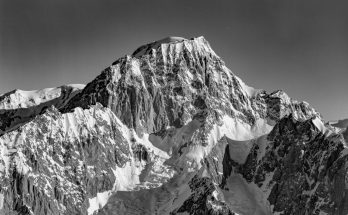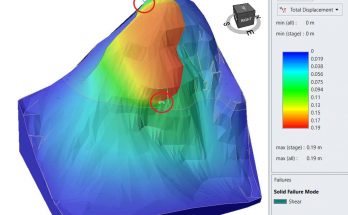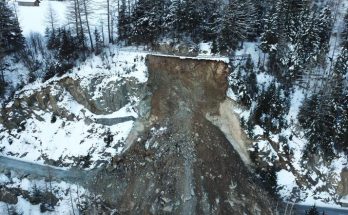The aim of this thesis is to understand the behaviour of rock with regard to heat transfers
between the rock face and its environment but also within the rock itself. To do so, a 24h
monitoring during the summer and a 24h monitoring in the winter are set up to collect data on the behaviour of a south-facing rock face. The rock temperatures are acquired remotely by infrared thermography and in contact by thermocouples. Fracture spacing is measured using crackmeters and solar energy is measured using a pyranometer. The collected data from the field are completed by outdoor and laboratory experiments.
Infrared thermography has made it possible to better visualize weak areas, such as rock
akes, whose thermal amplitudes are greater than those of more compact and stable areas.
These thermal differences are more visible during the winter period or at night. These rock
flakes expand and contract, closing and opening the fracture according to daily temperature variations. Over the long term, as has already been studied in Yosemite by M.Boesinger andA. Guérin in 2018 or by Collin and Stock in 2016, these strong thermal amplitudes in weak zones can lead to instabilities and even major rock falls.



